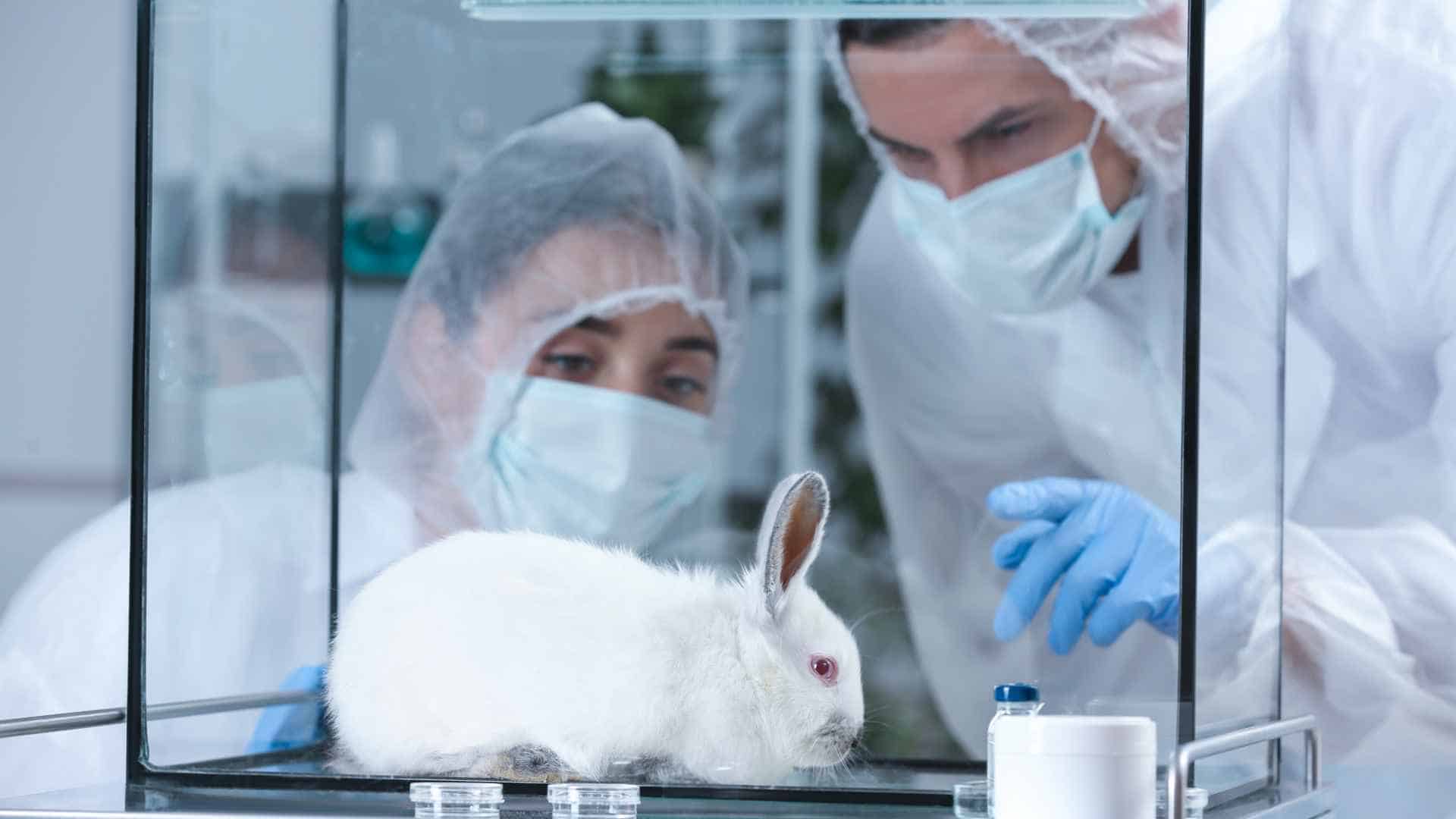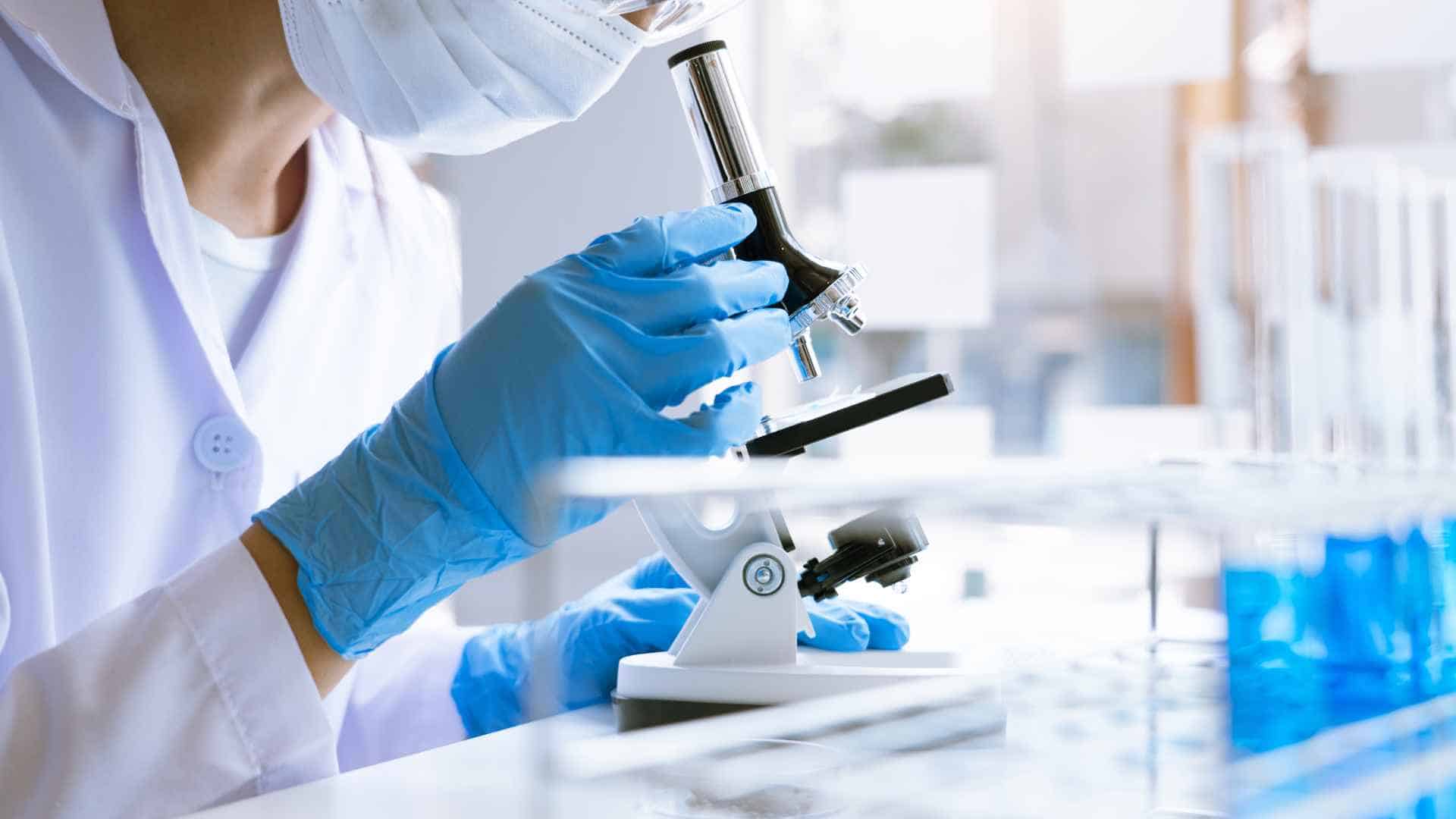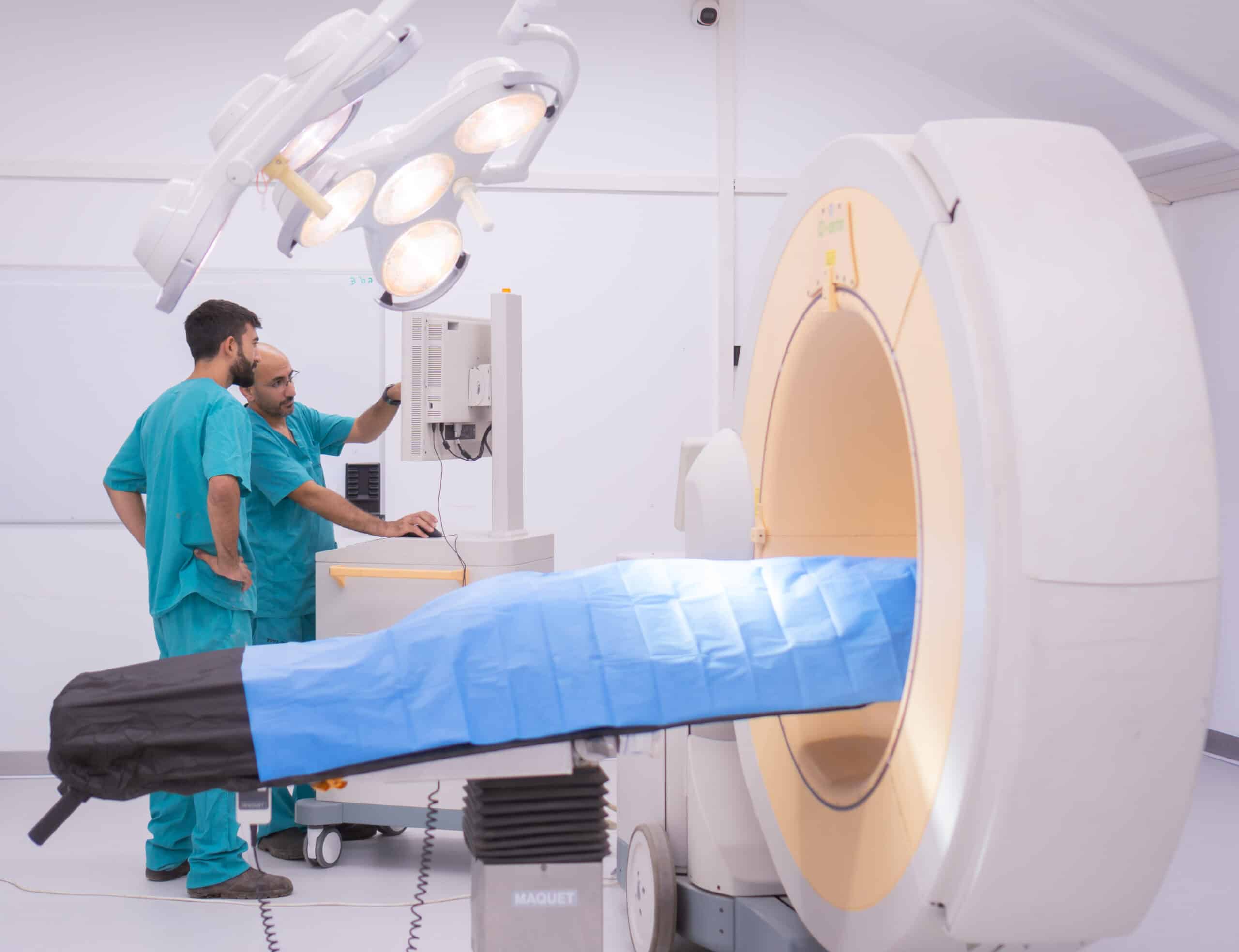Understanding the Significance of GLP in Animal Studies for Medical Device Development
Good Laboratory Practices (GLP) play a crucial role in the realm of drug safety studies, particularly in nonclinical animal studies. They provide the framework and standards that ensure not only the ethical treatment of animals but also the validity, integrity, and reliability of the nonclinical safety data produced.
These regulations are not just guidelines; they’re essential for the advancement of medical science. The nonclinical safety data collected in adherence to GLP is submitted to regulatory agencies for approval, paving the way for these studies to transition into clinical trials involving humans.
When it comes to developing animal study protocols for medical devices, GLP becomes even more critical. It’s about more than compliance; it’s about ensuring that the data collected is authentic, complete, and can be used to support the safety of a medical device.
Importance of GLP in Nonclinical Animal Studies
Diving deeper into the realm of Good Laboratory Practices (GLP), it’s clear that these regulations play a pivotal role in nonclinical animal studies. Assuring the highest standard of scientific research, GLP regulations have become a cornerstone in the field of drug safety studies.
GLP practices were first introduced by the US FDA in 1978, as a response to concerns about scientific integrity and quality in nonclinical toxicology studies. Voncentration on GLP has only grown since then, becoming a part of global regulatory standards. Notably, the Organization for Economic Cooperation and Development (OECD) adopted these guidelines in 1992, aiming for quality testing and cross-border data acceptability.
GLP isn’t just about maintaining testing quality. It’s also about ensuring the ethical treatment of animals used in these studies, a principle that’s just as vital. On one hand we have the animal’s welfare and on the other, GLP yields sound evidence of the validity, integrity, and reliability of nonclinical safety data. Thus the balance and importance of GLP cannot be understated.
This data takes center stage when presented to regulatory agencies for approval for human clinical studies.
Hence the role of GLP is dual-faceted: promoting ethical treatment and welfare of testing animals while simultaneously ensuring valid, reliable nonclinical safety data. This speaks volumes about the value GLP holds in nonclinical animal studies for drug safety.
While discussions on GLP and non-GLP studies continue, it’s apparent that each has their place and merits in the taxonomy of research. The key is to ascertain the right study type at the right time. Although non-GLP studies can offer substantial advantages to drug developers, when it comes to drug safety, GLP stands as the gold standard. Hence, it’s critical for us all, as stakeholders in this quest for medical advancement, to appreciate and uphold the tenets of Good Laboratory Practices.
Framework and Standards of GLP
As we peel back the layers of Good Laboratory Practices (GLP), we unearth a complex framework of regulations that fuse to form the backbone of GLP animal studies.
At their core, GLP standards stress the importance of particular elements in conducting study:
- Qualified staff working in suitable facilities loaded with the right equipment and materials
- Comprehensive records entailing personnel qualifications and their responsibilities
- An established quality control system- documented scrupulously by a team alien to the study
- Study Director’s commitment to the study plan and getting every tiny alteration authorized
- Enforcing safe working conditions
Moreover, GLP insists on having a properly sized location for the study where external elements are minimal, and various activities are conducted separately. The GLP standards also emphasize the careful handling of test and reference substances to evade any chance of contamination.
Interestingly, waste must be managed and disposed of effectively to protect the integrity of the studies. Apparatus, reagents and test systems, additionally, must be of high quality and well-designed, with precise labeling in place.
GLP extends beyond setting rules for nonclinical animal studies. It ensures ethical treatment, secure welfare of animals, and provides tangible proof of the validity, integrity, and reliability of nonclinical safety data. This critical data paves its way to regulatory agencies for approval and subsequently for application in clinical studies involving humans.
By adhering to GLP, we not only guarantee the welfare of animals in our studies but safeguard the credibility of our collected data, solidifying our commitment to nonclinical safety assessment and GLP-compliant pathology support. Thus, GLP truly stands as the gold standard in implementing ethical, reliable, and valid scientific research.
Ethical Treatment of Animals in GLP Studies
Adherence to Good Laboratory Practices (GLP) standards isn’t just a matter of ticking boxes. It reflects our commitment to maintain the highest level of scientific integrity. At the heart of these practices, we find the ethical treatment and welfare of animals.
Abiding by GLP regulations provides more than confirmation of data validity—it acts as a testament to the humane and ethical treatment of the animals involved. These standards serve two main purposes: they protect animals during scientific procedures and ensure the credibility of nonclinical safety data which is pivotal for regulatory approval and human clinical studies.
Our protocols and procedures are meticulously designed to spare any unnecessary suffering to laboratory animals. Not only is this a legal requirement bound by the Food and Drug Administration’s (FDA) GLP regulations, but we also consider it a moral obligation towards the animals that contribute so much to scientific progress.
The studies for which GLP regulations apply include those that support applications for research or marketing permits for a variety of products regulated by the FDA. These products range from human and animal drugs, food additives, and medical devices for human use, to biological products.
The ethical treatment of animals within GLP adheres strictly to the following regulations which include but are not restricted to:
- Proper housing that meets the physiological and behavioral needs of the animals
- High-quality food and water
- Regular assessment of each animal’s health
- Provision of appropriate medical care
All these stringent regulations underpin the essence of GLP animal studies – ensuring laboratory animals are treated with dignity, respect, and care. By closely following these, we create an environment that supports high-standards in both science and ethics. This lets us pave the path for meaningful research outcomes that will ultimately improve and save human lives without compromising animal welfare. This balanced approach truly represents the spirit of GLP.
Ensuring Validity, Integrity, and Reliability of Nonclinical Safety Data
Within our lab – operating at a biosafety level of BSL 2 – GLP Animal Studies are fundamental to advancing our knowledge and development of pharmaceuticals, small molecules, biologics, vaccines, and chemicals. Yet, it’s more than just following a prescribed regimen; it’s about delivering data of profound quality and reliability to inform crucial decisions in the next stages of product development.
Many often misinterpret the scope of GLP regulations, believing that certain procedures such as quality assurance inspection of studies and records, concentration analysis of test article dosing solutions, complete study reports, or methodological validation through quality control are not required. While these methods aren’t explicit requirements, the concept of ‘spirit of GLP’ encourages employing as many as possible. Ultimately, the end goal is to produce high-quality, reviewed, and reliable data.
While GLP regulations might seem extensive, they serve a crucial role in ensuring the generation of nonclinical safety data that possesses the highest degrees of validity, integrity, and reliability. By Adhering to GLP Regulations, labs can provide sound evidence to regulatory agencies about safety measures taken during procedures, ensuring humane and ethical treatment of animals. This data is then evaluated before it ultimately contributes to approvals for clinical studies in humans.
Even for nonGLP studies, such as in vitro interaction studies, regulatory agencies and the pharmaceutical industry have emphasized the importance of operating with an essence of GLP. This reflects on the universal recognition of GLP’s role in ensuring quality data. Together, all these factors work harmoniously, striking the perfect balance of advancing scientific understanding, while ensuring the highest ethical standards.
Submission of Nonclinical Safety Data to Regulatory Agencies
The Good Laboratory Practices (GLP) regulations greatly influence the progress and success of the nonclinical safety assessment studies. These regulations are closely monitored and adhered to within our facilities, particularly in our GLP-compliant laboratory with a biosafety level (BSL) 2. In this secure environment, we diligently plan, efficiently monitor, meticulously record, methodically archive, and consistently report on studies related to pharmaceuticals, biologics, and vaccines. Other areas include chemicals, small molecules, medical devices, and even food additives.
These tests aren’t merely a part of a rigid compliance procedure, but they embody significant proofs of our commitment to maintaining the highest standards of safety, reliability, and validity. The data generated from these GLP animal studies are of immense value to various regulatory agencies, supporting their decision-making process for approvals of clinical studies.
As a critical stakeholder in this process, the FDA plays a substantial role. Companies ascertain their testing methods through the FDA’s QSubmission evaluation process, ensuring that their assertions of safety align with the FDA’s stringent guidelines.
The data generated from our GLP studies don’t exist in isolation but are integral in building a collective bank of knowledge for the scientific community.
Moreover, these studies contribute towards an ethical and humane approach for animal safety. Our practices at the lab, including our award-winning focus on the 3R principles, have earned international recognition, underpinning our commitment to responsible animal care and safety procedures.
The commitment to GLP regulations is not just expected in the United States. Sponsors and laboratories globally are required to adhere to these same principles when conducting nonclinical toxicological studies. This level of mutual understanding and respect for these rigorous standards ensures that the outcome of our collective efforts will continue to influence, improve, and support public health and safety.
Role of GLP in the Transition to Clinical Trials
A key step in the development process of any new pharmaceutical or biological product is transitioning from nonclinical to clinical trials. Here, Good Laboratory Practices (GLP) play an indispensable role, helping ensure the integrity, validity, and reliability of nonclinical safety data.
In the early stages of the preclinical phase, some studies, such as exploratory genotoxicity, mutagenicity, safety pharmacology, and general invitro toxicology studies, may not require strict adherence to GLP regulations. These studies focus on analyzing the drug’s absorption, distribution, metabolism, and elimination (ADME) properties, establishing preliminary drug safety. However, these initially gained insights subsequently guide studies where GLP compliance becomes essential.
Studies that demand stringent adherence to GLP regulations include standard repeated dose toxicity, genotoxicity, and safety pharmacology studies. Let’s not forget, all nonclinical trial results that will be submitted should observe GLP requirements. A critical part of GLP’s role is ensuring that these studies are planned diligently, monitored efficiently, recorded meticulously, archived methodically, and reported consistently.
Compliance with GLP regulations is inherently crucial for most nonclinical toxicological studies, especially those required for Investigational New Drug (IND) submission. Both sponsors and laboratory testing partners operating in the United States are mandated to conform to laws governing GLP. Understanding this lends perspective to GLP’s significant role in advancing knowledge and development of pharmaceuticals, biologics, vaccines, and chemicals.
This understanding is further compounded when considering that GLP studies contribute to building a collective bank of knowledge for the scientific community. They significantly support public health and safety where GLP-compliance further helps in the smooth transition to clinical trials.
GLP in Animal Study Protocols for Medical Devices
When it comes to developing animal study protocols in the medical device sphere, we’re confronted with unique challenges. Animal models are an integral part of regulatory submissions for medical devices. However, it’s not just about performing the studies; it’s also about adhering to stringent regulatory practices like Good Laboratory Practice (GLP).
GLP, as defined under 21 CFR Part 58, plays a pivotal role in studies that verify the safety of a medical device. If an animal study wasn’t conducted in compliance with Part 58, a detailed statement explaining the non-compliance, along with all deviations from the regulation, needs to be part of the submission.
This statement should also provide a clear rationale for any confounding variables in the study and must conclusively demonstrate that authentic and complete test data have been reported.
Choosing the appropriate animal model is another significant aspect of the study protocols. The model must be generally accepted in the study of the device type. Furthermore, there should be a reasonable amount of scientific evidence supporting its utility for the study of the device.
Biocompatibility, Sterilization, and Animal Studies in BPMT
Now a new initiative that deserves our attention is Blueprint MedTech’s plan to award a contract to a research organization. This contract will serve to support and provide resources in areas including biocompatibility studies, in vivo animal testing, and compliance with GLP guidelines. Additionally, it also includes sterilization and shelf-life testing for the development of therapeutic and diagnostic neurological devices. The ongoing commitment to meticulous study protocol development, staff training, and comprehensive testing will further support IND filings for the FDA.
In this demanding environment, implementing GLP animal studies becomes more than a regulatory requirement; it establishes a repository of reliable scientific data, which then contributes to public health and safety.
Authenticity and Completeness of Data in GLP Studies
In our pursuit of ensuring safety and efficacy in medical device development, we underpin the significance of robust, authentic, and complete data from our GLP animal studies. The Food and Drug Administration (FDA) provides specified guidelines, recommending that we apply Good Laboratory Practice under 21 CFR Part 58 for our animal studies.
If circumstances arise where a study isn’t conducted under GLP compliance, it’s crucial for us to provide a thorough explanation of any deviations made from the regulations in our submission. This includes a detailed documentation of all deviations, helping the FDA reconstruct our study, demystify any variables, and affirming that we present legitimate and comprehensive test data.
Selecting an animal model typically accepted for the device type study is part and parcel of our protocol. We achieve this by ensuring there’s significant scientific evidence backing the animal model’s utility for the specific device-type study.
That being said, it’s important to acknowledge that the utility of animal testing may have limits. Thus, to ensure the generation of high-quality data, our alternatives to complete study reports, such as data summaries, are acceptable and crucial in this streamlined process. Methodological validation through quality control might not be a necessity in non-GLP tests, but they are carried out in the spirit of GLP to ascertain the drug safety.
To uphold GLP compliance, we are mandated to have a study director. This individual, appointed by the institution, acts as the sole source of study control, overseeing the operations from start to end.
In all our undertakings, maintaining the authenticity and completeness of our data remains our top priority. We understand that generating reliable and reviewed data goes beyond fulfilling regulatory requirements – it’s a crucial contribution to public health and safety.
Supporting the Safety of Medical Devices through GLP
Continuing with the importance of Good Laboratory Practice (GLP) in animal studies, let’s delve deeper into how it supports the safety of medical devices.
Adherence to GLP, as outlined in 21 CFR Part 58, comes to the fore while developing animal study protocols for medical devices. If a study doesn’t comply with these regulations, a thorough reasoning addressing all deviations must be given. It’s crucial to show that despite non-compliance, the collected test data is authentic and complete.
The choice of the animal model plays a pivotal role as well. It should be a model that is generally accepted for studying the specific device type. It should also be supported by a reasonable amount of scientific evidence confirming its utility in device study.
It’s worth noting that the Food and Drug Administration (FDA) acknowledges that the use of animal testing might have its limitations. This emphasizes the need for alternatives like data summaries as well as constant innovation in our methodologies.
Organizations like Blueprint MedTech exemplify the importance of GLP compliance in their operations. They, in their quest to develop therapeutic and diagnostic neurological medical devices, plan to award a contract to research organizations for completing GLP-compliant biocompatibility and in vivo animal testing. These studies aim to inform regulatory filings for investigational device exemptions and marketing approvals.
More than adhering to just regulatory compliance, such practices highlight the role of GLP in maintaining public health and safety. Stringent GLP regulations ensure that the generated data is reviewed and reliable, ultimately improving the overall quality of medical device safety.
Next, let’s shift our focus to why these regulations matter and the implications if they are not adhered to properly.
Conclusion
We’ve delved into the world of GLP animal studies, stressing the crucial role they play in medical device development. We’ve underscored how essential GLP adherence is and the importance of selecting suitable animal models.
It’s clear that alternatives to full study reports, like data summaries, can be acceptable. We’ve spotlighted Blueprint MedTech as an exemplar of GLP compliance. We’ve underscored that the ultimate aim is to generate reliable data for public health and safety. We hope this exploration has shed light on why these regulations matter and the potential consequences of non-compliance. Ensuring GLP adherence isn’t just about ticking boxes – it’s about safeguarding public health and advancing medical science responsibly.






